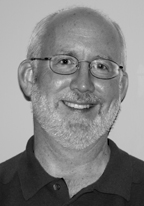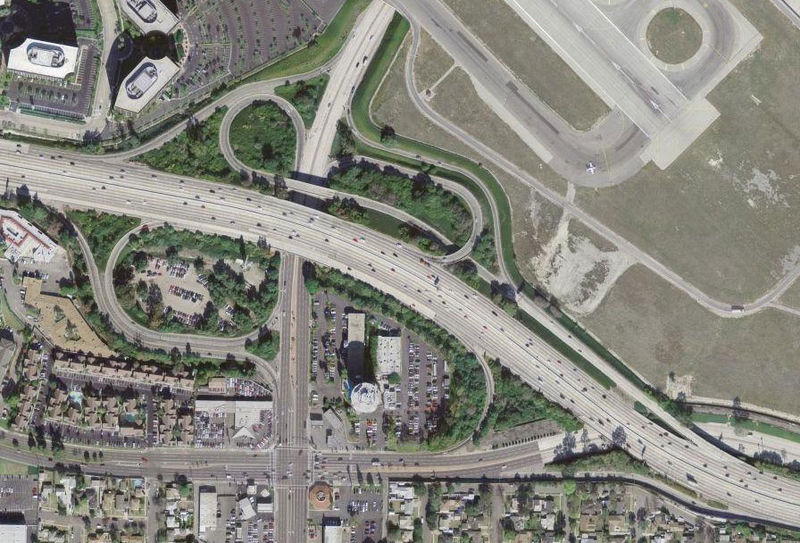|
||||||||||||||||||||||||||||||||||||||||
|
Well before the cell phone complicated our driving lives, the make-up mirror was a vehicular distraction nearly as infamous and nearly as pregnant with symbolic portent. Architectural historian Reyner Banham recognized that it wasn't the actual function of that little mirror on the back side or our sun-visor that was important. It was what its use implied about our lives as citizens of "autopia." Reyner Banham published his classic study, Los Angeles: The Architecture of Four Ecologies, in 1971. |
|||||||||||||||||||||||||||||||||||||||
|
© 2000-2013 California Legacy Project, Santa Clara University English Department, Santa Clara University, 500 El Camino Real, Santa Clara, CA 95053.
For more information: Terry Beers, 408 554 4335, or . 



|
|

|









